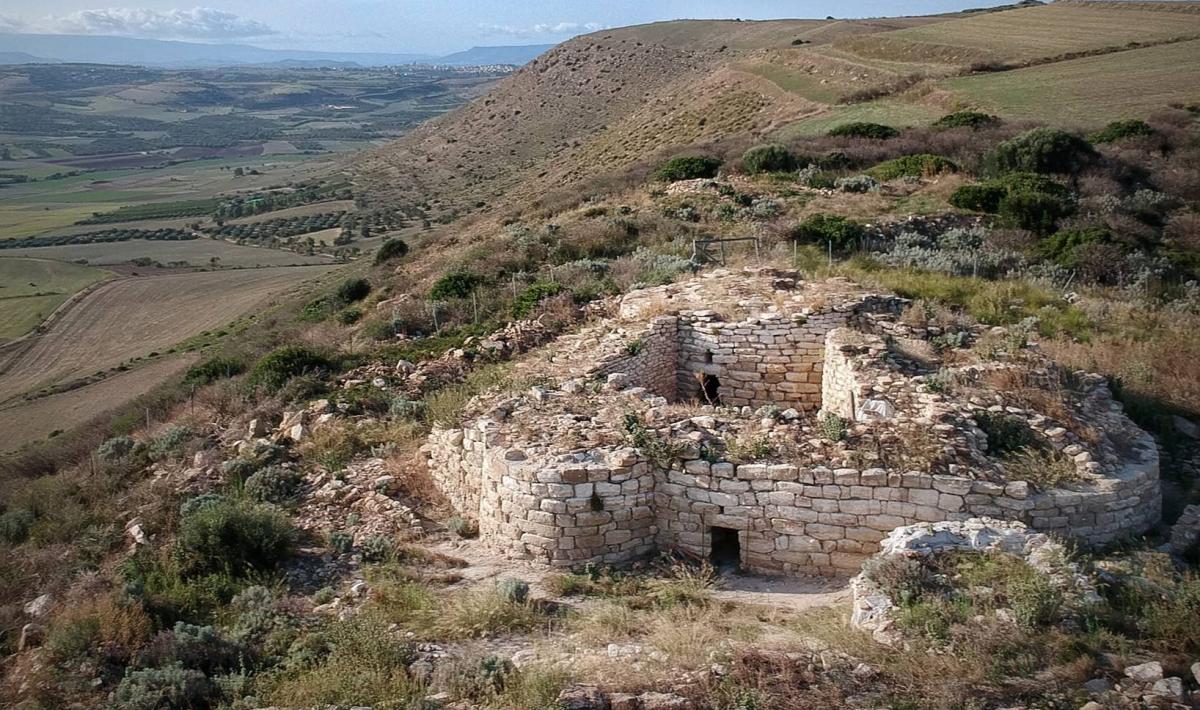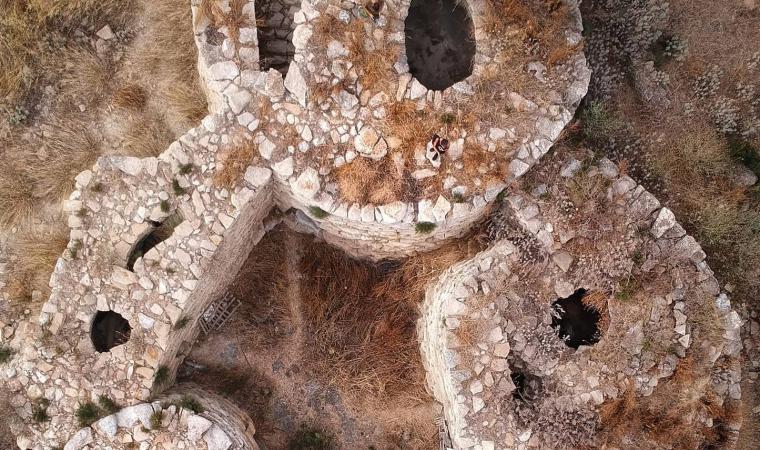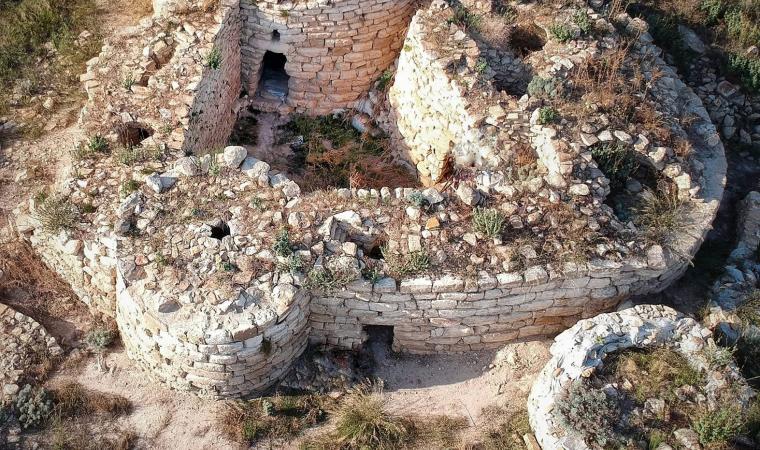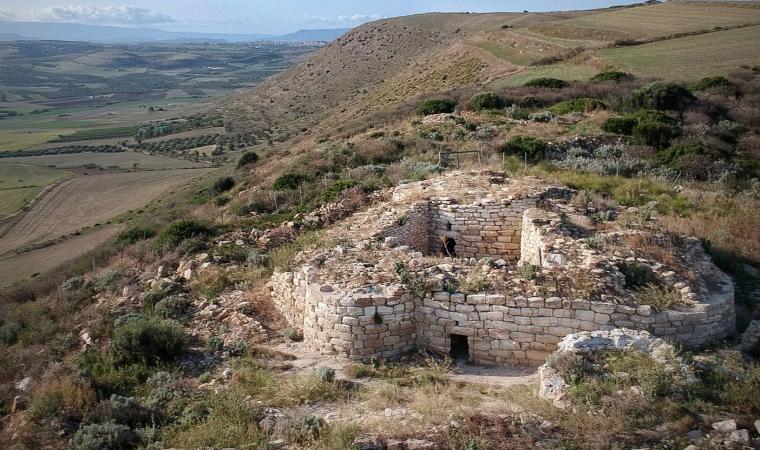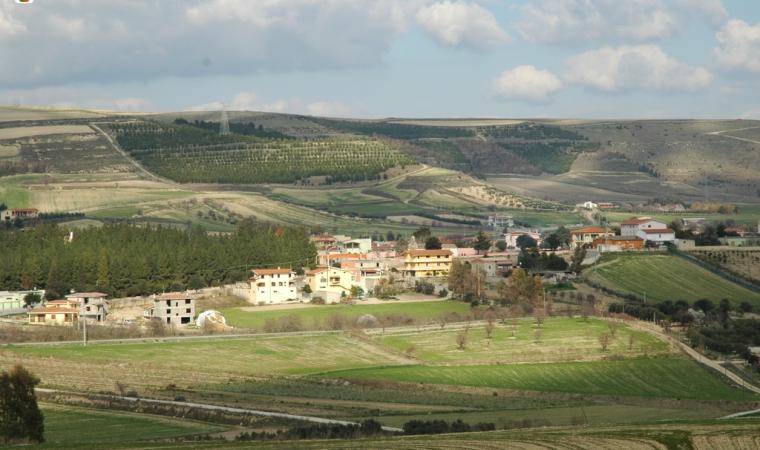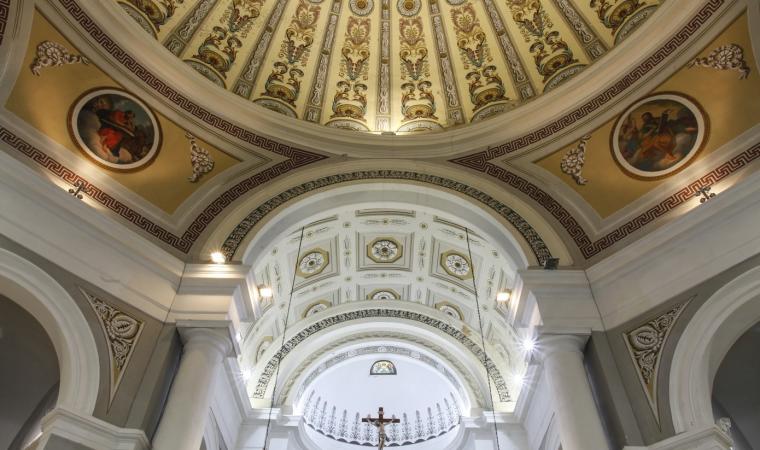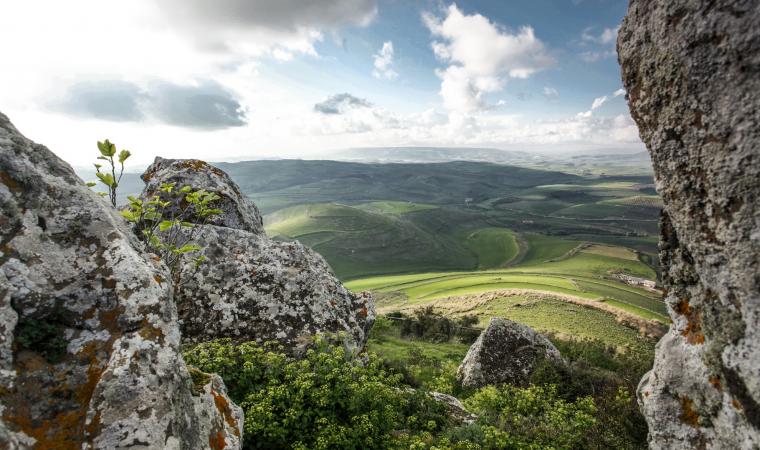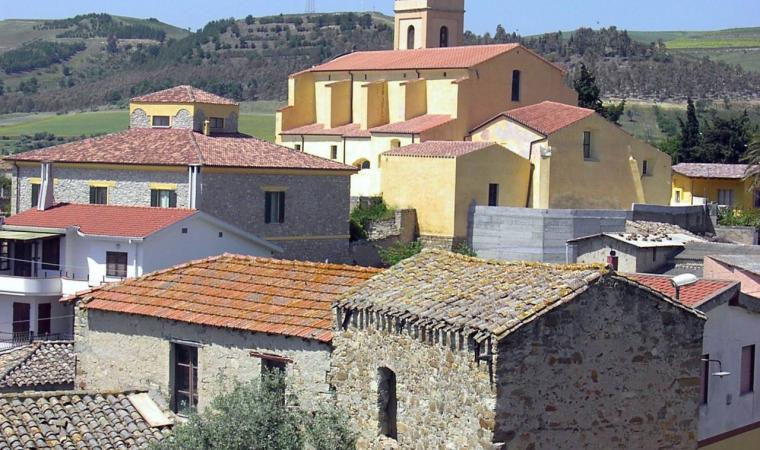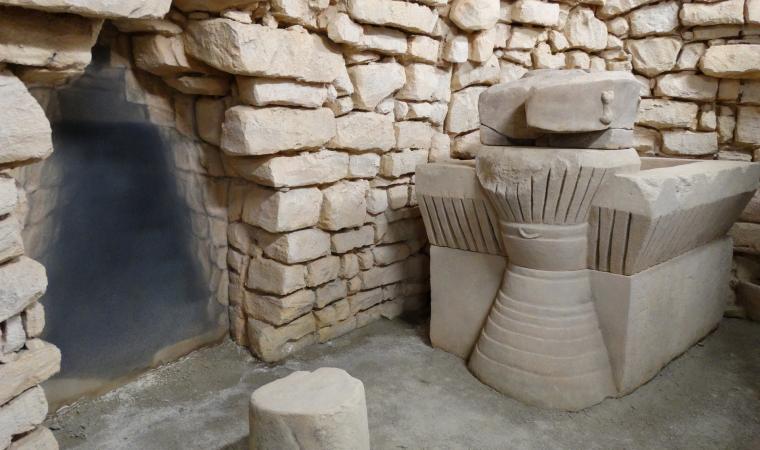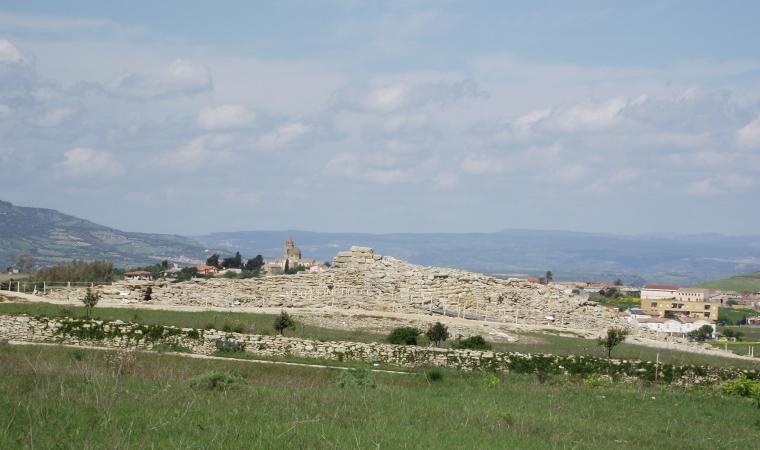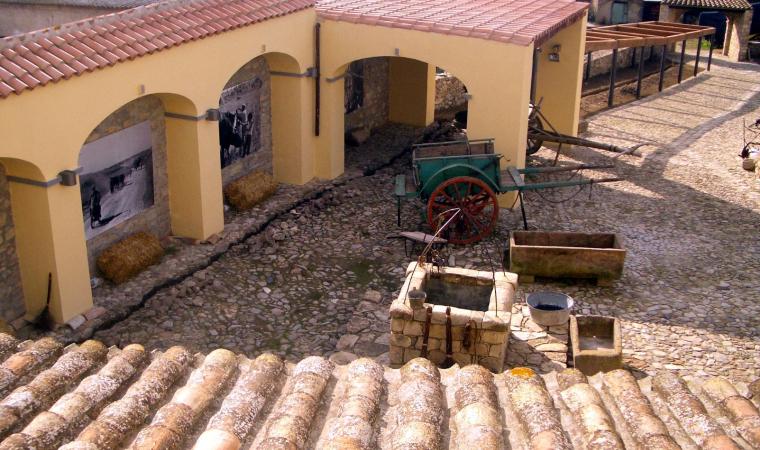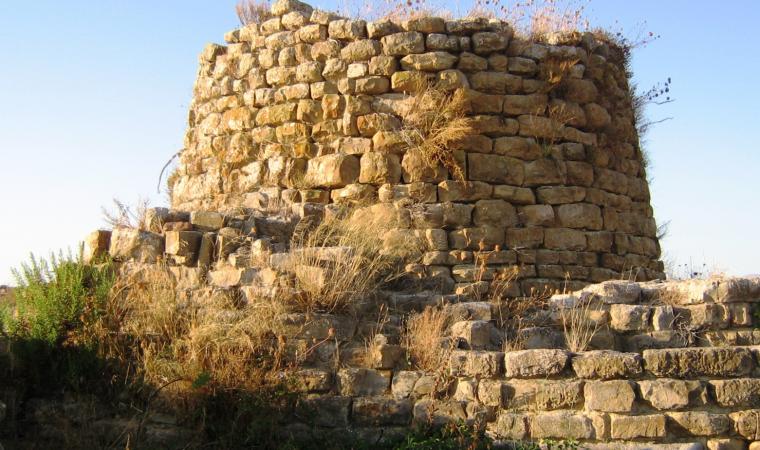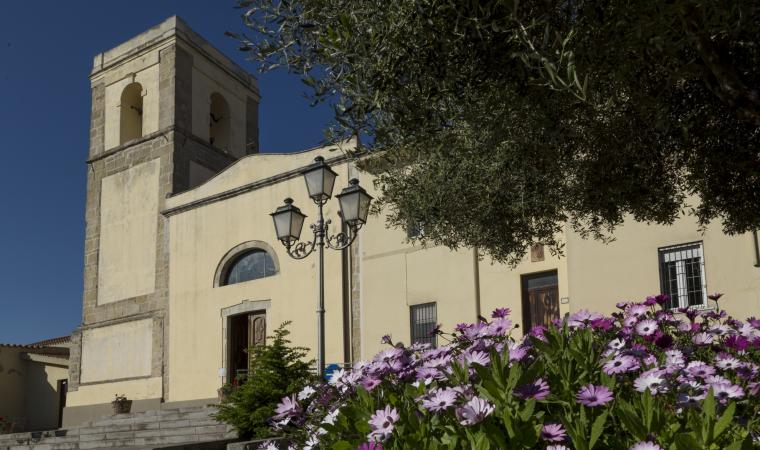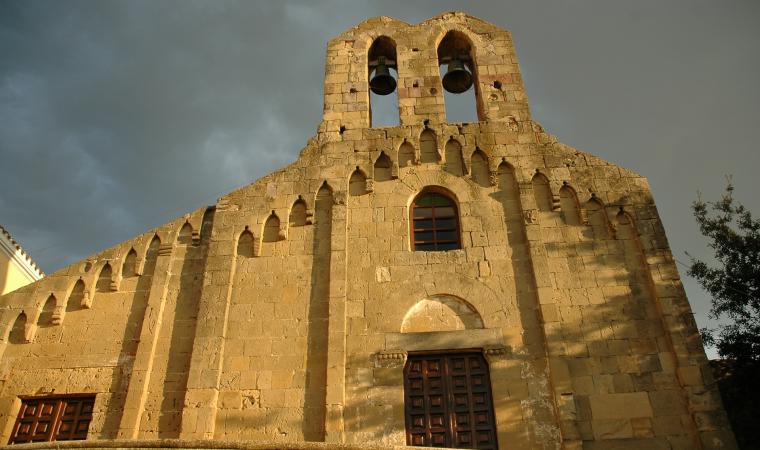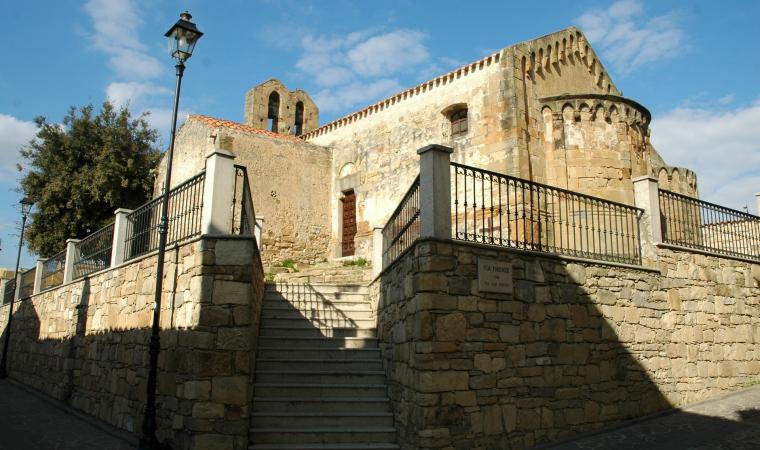It once defended the surrounding territory and it now preserves the memory of its ancient inhabitants, gradually telling the story, during the excavation campaigns, of intricate events and each time providing some pleasant surprises. From high up on a limestone elevation, the nuraghe Barru dominates the plain below, divided in half between the Municipalities of Guasila and Guamaggiore. The view from the monument extends from the two villages to the mountains of Segariu and the village of Villamar. It was built in several phases, using squared blocks of limestone marl placed in even rows. The excavation campaigns have brought to light a complex structure, made up of a central keep, facing north, and two towers positioned around a courtyard and connected by curtain walls.

